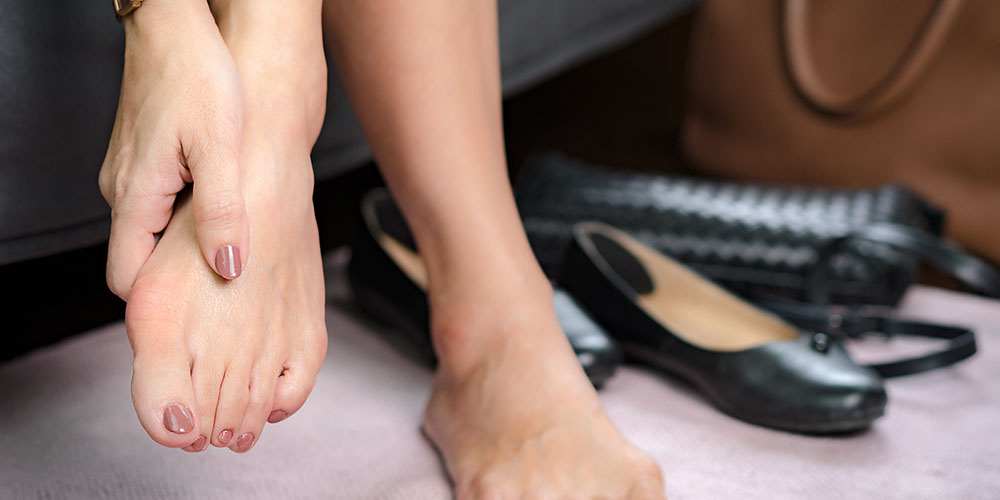By Dr. Daniel Tucker
As a foot and ankle surgeon at Baptist Medical Group, I have witnessed the impact bunion pain has had on countless patients. Read on to better understand bunions and the effective treatment options that are available.
What are bunions?
Bunions are a common deformity that affects nearly 25% of American adults. The condition occurs when bones in the mid-foot slide out of alignment, allowing the bone in the big toe to drift. This often leads to pain or discomfort that can restrict everyday physical activities and footwear choices. Contrary to common belief, bunions can develop in men or women at any age, and the condition often runs in families.
How can they be treated?
Many patients with bunions try to manage their pain using nonsurgical options at first. However, the only way to correct a bunion deformity is with surgery. Historically, many patients tend to avoid bunion correction surgery because of the negative reputation surrounding it. It is important for patients to learn about innovative treatment options available, including Lapiplasty® 3D Bunion Correction®, which allows physicians to treat a bunion deformity at its root cause.
How does the Lapiplasty® Procedure work?
The Lapiplasty® Procedure involves using a system of patented titanium plates to secure the misaligned bones in the foot in their proper positions. This approach addresses all three dimensions of the bunion deformity, including the cosmetic bump on the side of the big toe. Many of my patients who undergo the Lapiplasty® Procedure can bear weight while wearing a surgical boot within two weeks after surgery based on their physicians’ guidance and return to their usual physical activities within about four months.
It is rewarding to offer a treatment option to patients who have endured months or even years of bunion pain. Clearing them to return to activities they enjoy, whether running a marathon or walking around their neighborhood, brings me joy.
Only a surgeon can tell if the Lapiplasty® Procedure is right for you. The opinion expressed by this doctor is their own, and not necessarily that of Treace Medical Concepts, Inc. Individual results may vary depending on age, weight, health, and other variables. There are risks, and recovery takes time. For more information about recovery from the Lapiplasty® Procedure, see the recovery information and discuss the post-surgery recovery process with your doctor. Risks include infection, pain, implant loosening, and loss of correction with improper bone healing. For more information on benefits, risks, and recovery, visit Lapiplasty.com.
Dr. Daniel Tucker is a board-certified foot and ankle surgeon with over 23 years of experience. To book a consultation with Dr. Tucker, please visit Locator.treace.net/surgeon/3465.







